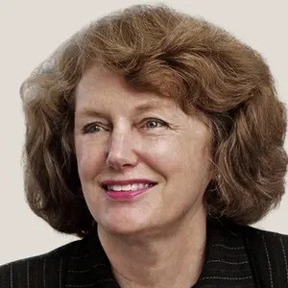GUEST COLUMN, Sally C. Pipes, Thomas W. Smith Pacific Research Institute
Congress has handed hospital giants a new line of taxpayer-funded credit. This summer, Congress included a $50 billion “rural health fund” in the multitrillion-dollar One Big Beautiful Bill Act.
The fund’s supporters are touting it as a lifeline for struggling community hospitals. But small-town emergency rooms will not be the primary beneficiaries. Instead, politically connected hospital systems that know how to game federal programs will clean up.
Rural hospitals are sympathetic figures. But they’re not in trouble because of a lack of funding. They’re struggling because patients choose to go elsewhere.
Today, rural hospitals account for just 1.3% of total Medicaid spending. Patients would rather drive a few hours to a facility that performs dozens of knee replacements each week than risk subpar care at a local hospital that does only a couple a year.
Remote communities certainly need access to primary care and emergency services. But instead of pouring money into low-volume hospitals that patients bypass, policymakers should invest in targeted solutions — like telehealth, mobile emergency units, and regional care networks.
Unfortunately, that’s not what this latest fund delivers. It allows states to submit a “rural health transformation plan” to the Centers for Medicare and Medicaid Services to access a fund of up to $10 billion per year through 2030.
Since there’s no consistent definition of what counts as rural, there’s wide latitude for abuse. Many hospitals in urban zip codes exploit loopholes in the law to classify themselves as “rural.” That designation unlocks rural-specific subsidies — including enhanced Medicare and Medicaid reimbursements — and now, this $50 billion windfall.
A recent Health Affairs study found that hundreds of urban hospitals — including NewYork-Presbyterian and UCSF in the San Francisco Bay Area — have secured rural status to cash in on these perks.
Meanwhile, the overblown focus on rural hospitals lets other hospitals off the hook for abuses. While politicians worry about the potential for shuttered clinics in the Ozarks, massive systems in Chicago and Philadelphia — with multibillion-dollar annual revenues — quietly consolidate market share. They hide behind the illusion that hospital funding debates are about saving “access” in flyover country, while leveraging every loophole they find.
We’ve seen this playbook before — we know how it ends.
Take the 340B drug discount program, originally meant to help underserved patients. Today, it’s a profit engine for sprawling hospital networks. These systems buy outpatient drugs at steep discounts, bill insurers at full price, and pocket the difference.
Many 340B hospitals contract with corporate pharmacies in affluent suburban areas, where revenue is higher. And the profits aren’t reinvested in care for low-income or rural Americans — they are absorbed into system surpluses and bonuses for executives.
The rural fund risks repeating the same mistake — a policy rooted in compassion that winds up enriching institutions it’s not intended to benefit.
If lawmakers really care about rural health, they’ll need to change course. That means reforming broken programs like 340B, directing dollars where patients actually seek care, and drawing a clear line around what constitutes as “rural” so that hospital behemoths don’t siphon off scarce resources.
This new $50 billion rural hospital slush fund isn’t what patients need.
Sally C. Pipes is President, CEO, and Thomas W. Smith Fellow in Health Care Policy at the Pacific Research Institute. Her latest book is The World’s Medicine Chest: How America Achieved Pharmaceutical Supremacy — and How to Keep It (Encounter 2025). Follow her on X @sallypipes. This piece was originally published by PennLive.











